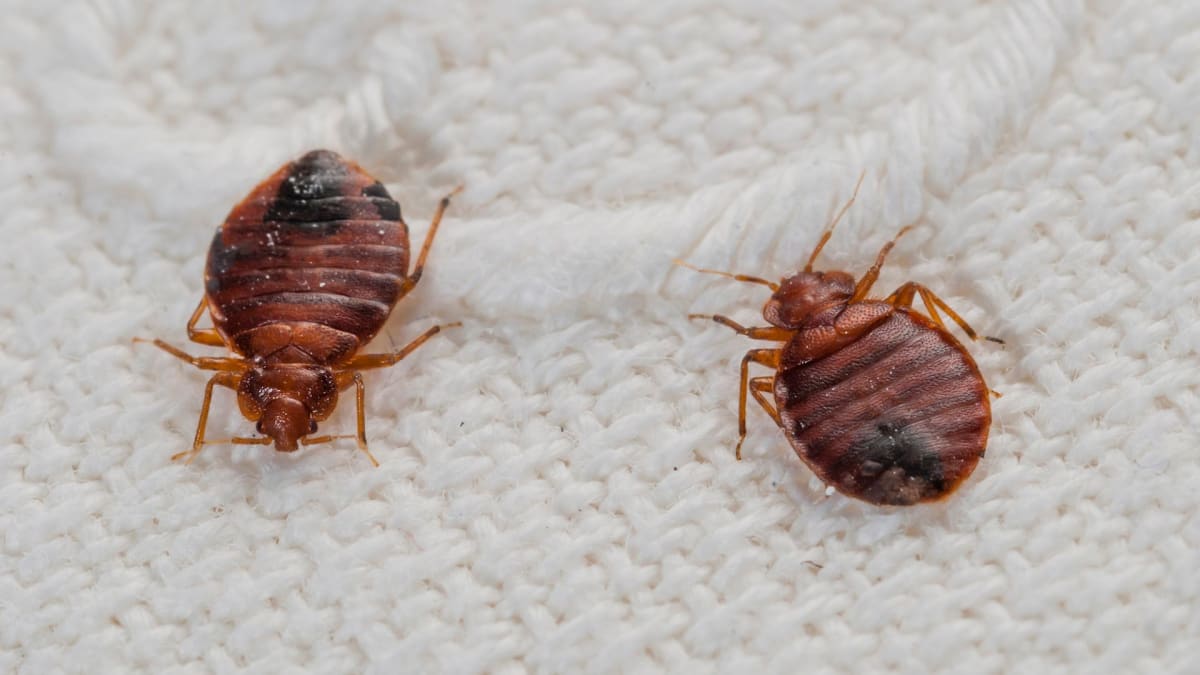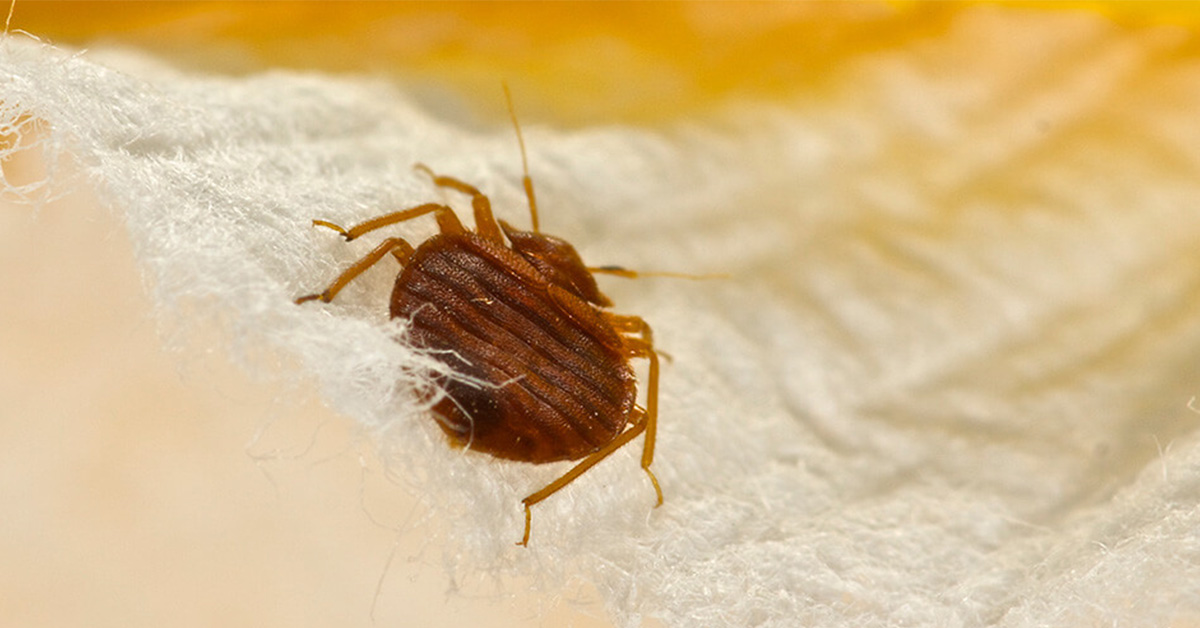Understanding Different Treatment Options for Bed Insect Control
In the realm of insect monitoring, bed insects offer a distinct difficulty that requires a well-balanced and critical approach for reliable control. As we navigate with the nuances of these treatment options, the essential lies in choosing the most appropriate approach that aligns with both efficacy and sustainability in bed insect control.

Chemical Therapies
Chemical therapies are a common approach used in the professional control of bed bugs. These treatments involve the application of insecticides to targeted locations where bed pests are present. Experts commonly utilize a combination of recurring insecticides, which continue to be effective for an extensive period, and contact pesticides, which act quickly to kill bed insects upon straight contact. The option of insecticide and application technique may differ depending on the severity of the infestation, the sort of atmosphere being dealt with, and any type of possible health and wellness concerns for passengers.
When applying chemical treatments for bed insect control, it is vital to follow all security guidelines and policies to reduce threats to humans, animals, and the setting. Specialist pest control operators are trained to select the most suitable insecticides, apply them efficiently, and take essential preventative measures to stop too much exposure. Furthermore, correct surveillance and follow-up inspections are important to assess the efficacy of the treatment and guarantee that all bed pests have actually been eradicated. When made use of sensibly and in conjunction with other control methods., Chemical treatments can be a powerful tool in the detailed management of bed bug invasions.
Warmth Therapies

Among the main benefits of heat treatments is that they do not involve making use of pesticides, making them a preferred choice for those worried about chemical exposure. In addition, heat therapies can be completed in a reasonably short duration, frequently in a solitary day, minimizing interruption to the residents of the cured space.
Nonetheless, it is important to get the services of trained experts when going with warm treatments, as incorrect use warmth can pose fire dangers and damages property. In general, warmth treatments represent a secure, effective, and eco-friendly approach to combating bed insect problems.
Natural Solutions
When seeking choice methods for bed bug control, all-natural treatments supply a chemical-free technique that can be reliable in combating invasions. These oils can be watered down and splashed around bed frames, walls, and other areas where bed insects might conceal. While natural solutions can be effective, it's vital to keep in mind that they may require repetitive applications and thoroughness to accomplish effective bed bug control.
Integrated Insect Monitoring
Taking into consideration the diverse strategies offered for bed insect control, Integrated Pest Monitoring (IPM) stands out as a detailed strategy that integrates numerous tactics to efficiently resolve pest problems. IPM concentrates on long-lasting prevention and monitoring of pests via a combination of methods such as monitoring, therapy, and examination.
One secret element of IPM is the focus on precise recognition of the pest species and their specific habits. By recognizing the biology and practices of bed bugs, parasite control specialists can create targeted techniques to eradicate invasions. In addition, IPM promotes making use of non-chemical control techniques, such as sealing crevices and splits, vacuuming, heat therapies, and the use of cushion coverings.
Additionally, IPM supporters for the judicious application of pesticides as a last option, focusing on making use of low-toxicity products and incorporated check over here strategies. Regular monitoring and follow-up evaluations are vital parts of IPM to make certain the efficiency of the treatment and protect against reinfestations. In General, Integrated Parasite Monitoring offers a all natural and lasting technique to bed bug control, promoting eco liable practices while properly managing pest populations.
Specialist Elimination Services

Professional exterminators utilize a range of methods to deal with bed pest infestations, including the application of pesticides, heat therapies, vacuuming, and vapor treatments. They are geared up with the required devices and tools to get to concealed locations where bed pests might stay, such as fractures, crevices, and wall spaces.
Additionally, expert extermination solutions commonly include several check outs to ensure that all bed pests and their eggs are completely gotten rid of - bed bug treatment cost chicago. This detailed technique helps protect against reinfestations and ensures long-term control of bed pests in the treated location
In addition, pest control specialists can provide useful support on preparing the ravaged area before treatment and deal referrals for protecting against future bed pest invasions. Overall, specialist extermination services offer a effective and thorough service for dealing with bed bug infestations.
Conclusion
To conclude, different treatment choices for bed pest control consist of chemical therapies, warm therapies, all-natural treatments, incorporated insect administration, and specialist extermination solutions. Each choice has its own benefits and limitations, so it is necessary to meticulously think about the particular scenarios of the infestation prior to selecting a treatment method. Effective bed insect control needs a detailed method that may involve a mix of these therapy alternatives to efficiently eradicate the invasion.
Chemical treatments can be a powerful tool in the detailed monitoring of bed pest problems when made use of carefully and in conjunction with various other control techniques.
Made use of in specialist bed bug control, warm treatments provide a non-chemical service for removing bed pest problems visit our website properly. These oils can be weakened and sprayed around bed frameworks, baseboards, and various other locations where bed pests might hide.In verdict, various treatment options for bed insect control include chemical therapies, heat treatments, all-natural remedies, incorporated bug administration, and professional elimination services. Reliable bed pest control calls for a detailed technique that might involve a what does pest control mean combination of these therapy options to successfully get rid of the invasion.